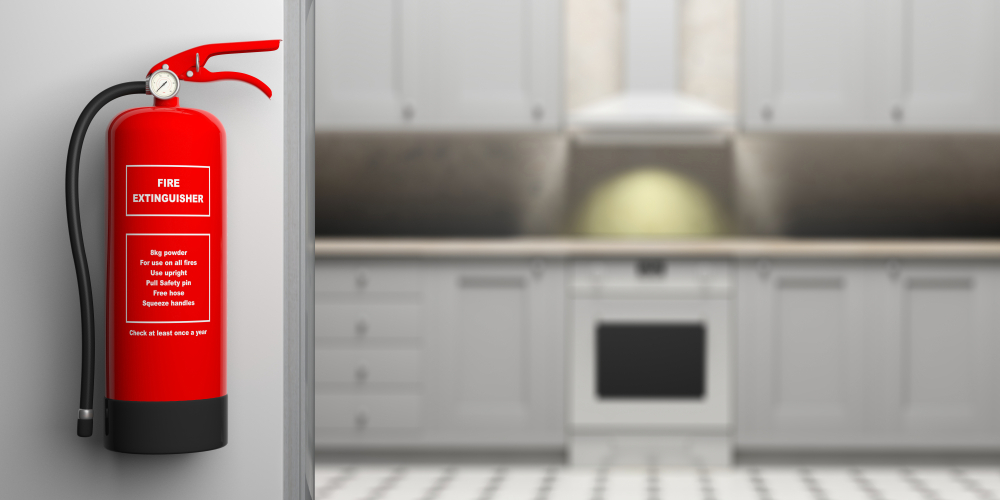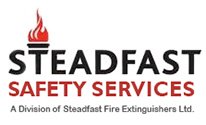There are numerous ways restaurant operators can prevent fire hazards from breaking out in their facility. All commercial kitchens must have a proper fire suppression system that helps to stop fire breakouts from getting out of hand. Installing these fire suppression systems is just the first important step to guarantee protection. The next crucial step is to ensure that they are regularly inspected and maintained.

The importance of kitchen fire suppression inspections
Inspections are done for 3 important reasons:
- To ensure the system is in good working order
- To prevent any unwanted/untimely discharge that may result in property damage and losses.
- To avoid hefty fines and costly losses by making sure the system is up to code or passes the insurance audit.
Whether your restaurant is brand new or has been running for many years, regular inspection is key.
When should you seek a professional inspection?
As the restaurant owner or operator, you need to consider having a professional inspect the system at least semi annually. When a trained and certified technician inspects the system every six months, it helps to ensure it’s in peak operation and that all components are in good working order.
During the inspection, the technician will take a look at different components of the fire protection system including:
- The appliance ducts and nozzles
- The system’s detectors and link line
- Actuators and control components
- Pressurized and non-pressurized tanks in the system
- Piping and electrical interlocks
Wet and dry fire extinguishing systems have different testing and inspection requirements. For instance, dry chemical extinguishing systems used in kitchens need to be examined every 6 years for caking and hydrostatically tested every 12 years. On the other hand, wet chemical extinguishing systems only require hydrostatic testing every 12 years.
Monthly inspections are also recommended
You can conduct your own in-house inspections every month to visually check for signs of failure. A few things to look at during the monthly inspections include:
- Ensure the nozzles are pointed directly at the right appliance
- Check the hood/duct to ensure there’s no grease or dirt build up
- Check the gauge to ensure it’s on the ‘green zone’ and in the operable range
- Ensure the tamper indicator is intact
- Check to ensure the pull station is not blocked and can be easily accessed
- Verify the date of the last professional inspection that is indicated on the tag and ensure it’s in line with the manufacturer’s recommendations.
Call a professional immediately when the system is activated
Whenever you experience small fires in the commercial kitchen and activate your fire suppression system, call a professional immediately. A technician will ensure your fire extinguisher is recharged and check for damage. If the unit is damaged, it will need repairs before refilling or recharging.
Once the inspection is complete, be sure to request a documentation of compliance for your restaurant or commercial kitchen. This documentation should include, a proper tag that indicates the date of service, notes of all repair work done or issues that are yet to be addressed as well as a report that is left on site and a copy sent to your local fire department.





